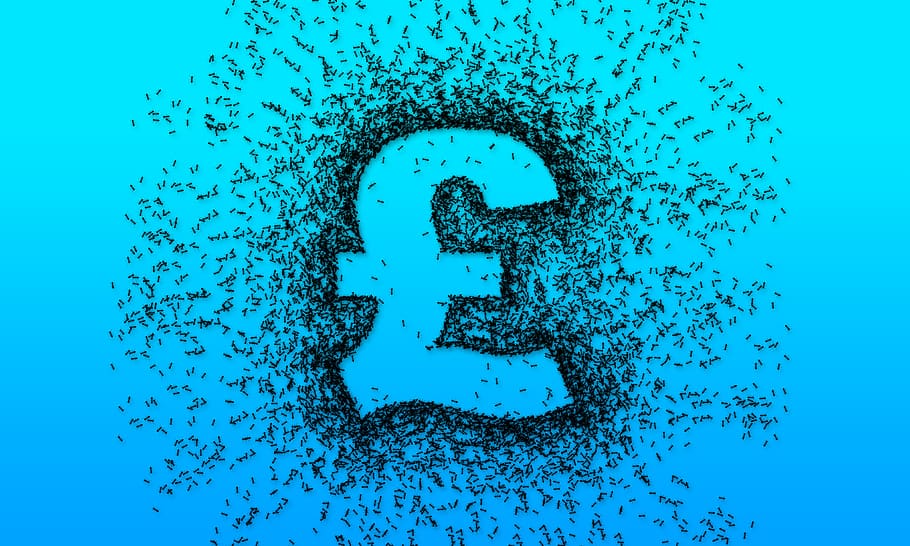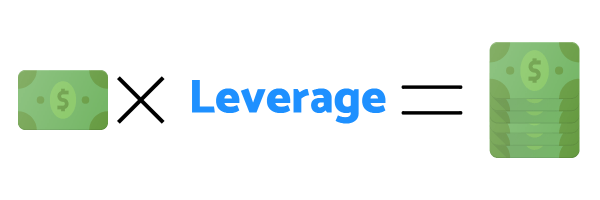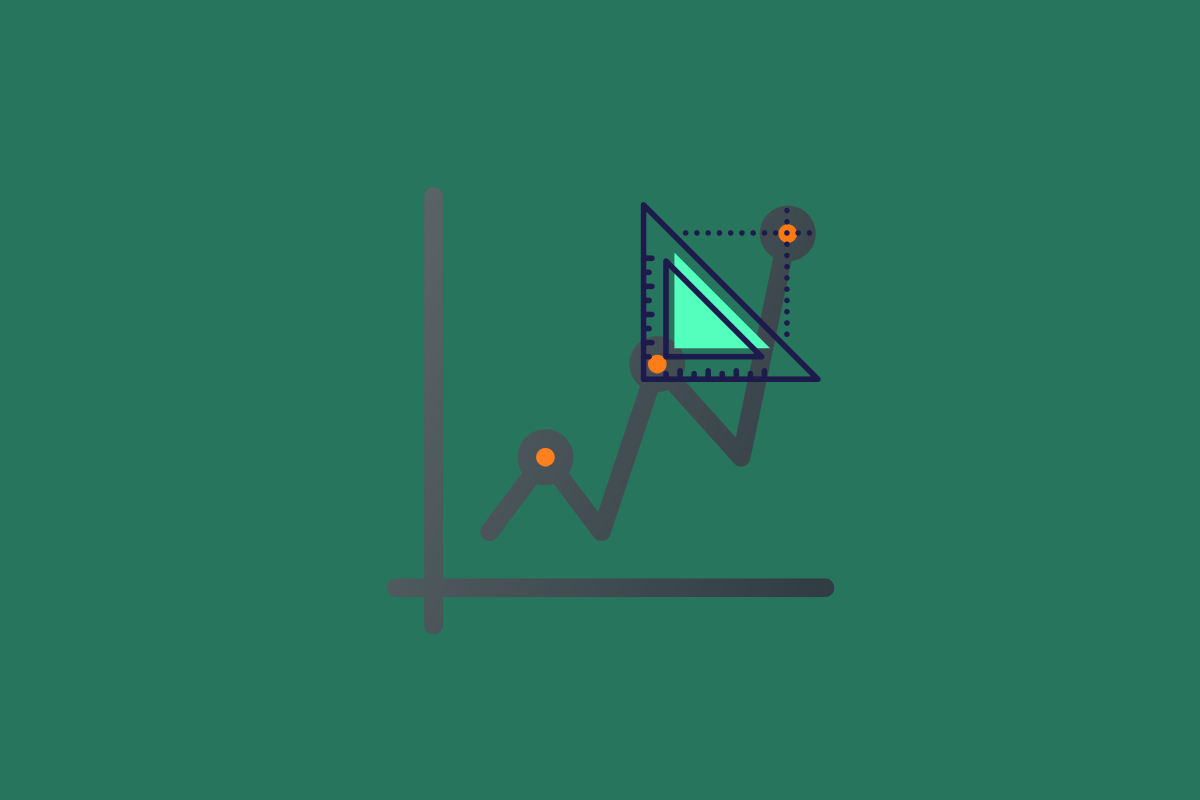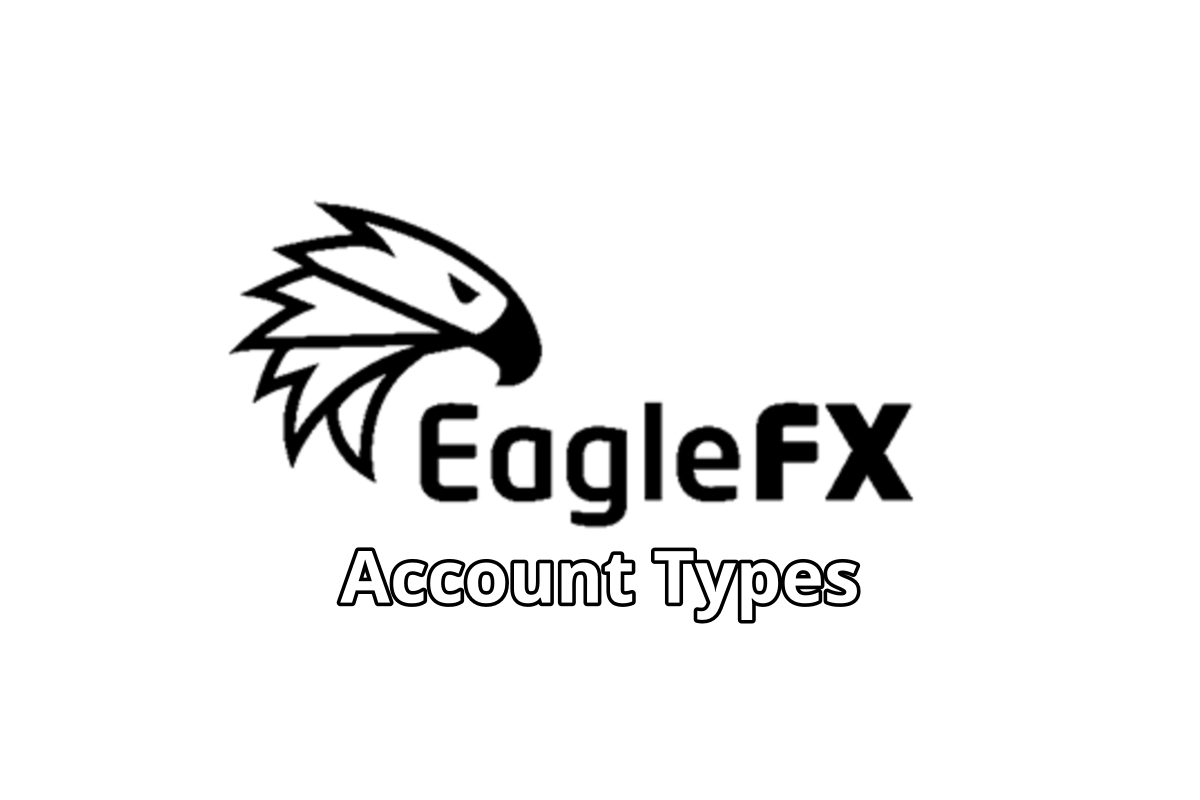What is Forex? A Step By Step Forex Guide for Dummies
Table of contents
Foreign exchange, also known as Forex, is the world’s biggest financial market that brings together over 10 million online traders globally. It is a form of financial exchange that uses official currencies for trading purposes.
Trading these currencies, similarly to trading all other financial securities, is all about speculating the upcoming price movements and trade in your favorable direction. This requires quite extensive research, as well as prior knowledge and experience in Forex. Yet it goes without saying that, also just like any other financial market, Forex trading also depends on a chance, moderate as it may be.
There are 180 different currencies right now in the world, which ensures a decent level of diversity in your choice of a tradable instrument. Some of the most popular currencies that people trade are the US dollar, euro, British pound, Japanese yen, etc.
The principle of trading Forex explained for dummies is as follows: a trader chooses a specific currency pair, then they speculate in which way its price will go. If they think it’ll increase, they’ll buy the pair; if they think it’ll decrease, they’ll sell the pair. The profit comes if these assumptions turn out to be true.
This is just a basic outline of what the foreign exchange market represents. In this article, we will cover all of the important aspects of Forex and also briefly explain, how you can be profitable at it.
The biggest financial market
The global financial market is this huge industry that, according to the recent statistics, reaches 100 trillion US dollars in market capitalization, whereas the financial debt goes way beyond 200 trillion USD. And on this oversized market, where people buy and sell various different assets, including commodities, stocks, cryptocurrencies, and whatnot, one particular sector dominates all others – foreign exchange.
Shortly known as Forex, this financial market counts more than 10 million global traders, whereas the daily turnover goes way beyond 5.5 trillion USD. This means that every day, people all over the world buy and sell around hundreds of currencies and exchange trillions of dollars in the process.
Currency pairs in Forex for dummies

Before we dive deeper into the Forex 101, we should explain what currency pairs represent on this market. According to the
United Nations, there are 180 different fiat currencies in the world. These currencies are issued by the world governments and controlled by their central banks.
When it comes to trading currencies on the market, people use what’s called currency pairs. As the name suggests, a currency pair consists of two separate currencies that are represented as a division, such as EUR/USD, USD/JPY, etc.
The most important feature of any currency pair is its price, also known as the exchange rate. Every individual currency has its own strength, which depends on lots of economic, as well as political factors. And when put against one another, the division of the two currency strengths is what generates a specific exchange rate, hence the price of a currency pair.
Here’s the most popular example of a currency pair: EUR/USD. Usually, the more expensive currency is put in the first place for more convenience, which is why the EUR/USD price will be more than 1. For the sake of our guide in FX rates for dummies, let’s assume that the price of this pair is 1.2345.
Now, buying a currency pair means that you’re selling the second currency, which is the US dollar in our example, and buying the first currency, which here is the euro. And for the above-mentioned exchange rate, we’re looking at 0.8100 euros bought with 1 US dollar (1/1.2345). Conversely, selling the EUR/USD pair would mean buying US dollars with euros – 1.2345 with 1 euro.
The basic principle of trading currencies
As we’ve already established, Forex trading is done by exchanging currencies between each other in currency pairs. And the principle of how the whole thing is working is pretty simple.
Basically, when you want to trade Forex, the first thing you do is choose a specific currency pair. In order to make the understanding Forex trading easier, it’s important to point out that a lot depends on which currency you choose. There are stable, volatile, and extremely volatile currency pairs that require a very specific approach during the trading process, which is why you should invest some time in making this very first decision.
Once you’ve selected your instrument to stick with, the next thing is to speculate in which direction its price will move. If you think that the price will move upwards, then you should buy the pair, whereas if you predict the price will decline, then you should sell it.
To get back to our recent example for Forex manual for beginners, here’s what the trading process would look like for the EUR/USD pair: let’s say you bought this pair at a 1.2345 exchange rate for 10,000 US dollars. This means that you received approximately 8,100 euros on your account.
Then, let’s assume that the price for this instrument went up from 1.2345 to 1.2349 and you decided to sell your EUR/USD pair. This time, you’d get around 10,003 USD back, which is 3 USD worth of profit. Conversely, if the price went down from 1.2345 to 1.2341, you’d get 9,996 USD back, which is a loss of 4 bucks.
If you sold the EUR/USD pair in the first place, things would play out the other way around: the declining price would earn you profits, whereas the increasing price would inflict losses to your account.
Bid and ask prices and spreads in currency trading for dummies
Now, even though we brought an example of how people trade currencies in our Forex trading beginner’s guide, we have to point out that the instrument prices on currency pairs don’t exactly work in a straightforward way.

Even though we said the exchange rate is the most important element of any currency pair, that exchange rate is itself divided into two separate elements: bid and ask prices.
- The bid price is a price that the broker/service provider offers you for buying your asset;
- The ask price is a price that the broker/service provider will demand to sell its asset.
In almost all cases, the bid price will be lower than the ask price, and here’s why: traders get their tradable instruments from liquidity providers (banks, hedge funds, etc.), which, in turn, connect to traders via brokerage firms. So, these brokers are mediators that facilitate the entire trading process, which is obviously associated with many expenses.
Spreads and pips explained briefly
One of the key Forex trading lessons for beginners is the fact that the brokers need to charge various commissions to continue providing their platform. And the difference between the bid and ask prices is one of the most popular commission types right now.
So, when you want to buy an asset, you’re going to pay your broker more (the ask price) for it, whereas to sell the asset, the broker will give you less (the bid price). The difference between the two prices is what’s known as a spread – the primary source of income for the majority of Forex brokers. And the exchange rate of a currency pair is in-between these two prices.
In the example we used in our simple Forex guide, we painted the picture as if the exchange price of a currency pair is singular and non-variable. In truth, however, your trading outcomes will depend on the bid and ask prices. So, here’s that same example modified a little bit:
When you’re buying the EUR/USD pair, the exchange rate might be 1.2345 but the ask price – the one that you’ll be paying – will be 1.2347, for instance. This way, you’ll buy 8,099 euros for 10,000 USD. And even if the overall exchange rate had increased to 1.2349, selling your euros would produce fewer profits, as the bid price would be lower to the official exchange rate – 1.2348, for example. Therefore, instead of 10,003 USD we mentioned before, you would get around 10,001 USD back.
Spreads are primarily represented in pips, which also fall in the category of the most important elements that any beginner’s guide to Forex trading should include. A pip is a difference between the two prices, whether it’s bid and ask prices or the two same prices in two different time periods.
For the absolute majority of currency pairs, a pip is counted from the fourth place after a decimal point. In our example above, the difference between the previous and updated price would be 4 pips – 1.2349 – 1.2345 = 0.0004.
There are, however, some currency pairs that count pips from the second place after a decimal point. These are the pairs that include the Japanese yen in them. Therefore, the same price change would be just 0.04 pips.
Obviously, this is a very simplified example to better understand Forex trading terms and conditions.
Different ways to trade currencies
Now that we’ve covered the most basic elements and characteristics of how Forex trading is done, let’s introduce some additional details about different ways of trading currencies.
The most popular and straightforward trading method is spot trading. This means that when you enter the currency market, you physically sell your currency and buy the one that you want with your own money. And the main advantage to pursue this method is larger profits, yet it can easily get super-expensive.
Another popular way to trade Forex is through contracts (CFDs) or options. Here’s a very brief explanation of FX CFDs and FX options for dummies:
- Through CFD trading, you’re buying a contract of an underlying pair, which lets you trade without spending tens and hundreds of thousands of dollars on the actual instruments. The price change will determine, whether you get profits, as well as exactly how much that profit will be;
- Through options trading, you’re only dependent on the direction of the price movement. You open a position for a certain size and predict that the price will increase/decrease. If the market goes in your favor, you’ll get a pre-determined amount of profit.
There are also other different Forex trading methods. Trading FX forward for dummies, for instance, can be explained as follows: you buy a contract with an underlying clause that you’ll engage in trading in the future at an agreed exchange rate. There is also the index trading, which is basically choosing a number of different currencies and trade their collective value – a trading style that is less risky, yet less profitable at that.
Explaining leverage and margin in Forex for noobs
As noted in the previous section, the most popular way to trade Forex is spot trading – to actually buy and sell various currencies. And while the profits here are significantly larger than in other, contract-based trading methods, it’s a very expensive approach at the same time.
For instance, as we saw in our example of Forex for newbies, a 10,000 USD position (mini lot) brought just 1 dollar profit, which is a very insignificant gain. And even if you went for a 100,000 USD position (1 lot), the profit would still be 10 USD.

It goes to show that even high financial commitments usually yield smaller gains. Yet not everyone can make a deposit of 100,000 USD for one single trading position.
This is where leverage and margin come into play. Brokers realize that not many traders can make such high deposits, which is why they provide “loans” that allow people to increase their capital without necessarily spending an awful lot of their money.
So, here’s leverage in Forex trading explained briefly: say a broker has a leverage offering of 1:100 leverage ratio. This means that when you make a deposit of 1 dollar, the broker makes it a 100 dollar account balance. Therefore, if you were to use this leverage in the above-mentioned trade with the same deposit, you could potentially control a trade worth of 1,000,000 USD, and your profit would be 100 USD.
In the same 1:100 leverage, we can also find out what the margin requirement is. If you can get 100 USD for a 1 USD deposit, this means that the margin requirement is 1% – 1/100. So, if you want to have, say, a trade worth of 100,000 USD, you should have at least 1,000 USD on your account.
But here lies a danger as well that you need to know when you learn Forex trading: the probable losses increase the same way profits increase. And more importantly, as your trade continues to bring losses to your account, you gradually run out of the account balance. At some point, you will hit zero balance, which is when the broker either requires you to pay up for the lost money or it automatically closes the trade to avoid a negative balance.
This is why using the moderate levels of leverage is the safest way to go, especially when you’re new in the trading game and cannot really offset the overwhelming dangers of the market.
Day trading vs. carry trading
The next important aspect of Forex trading to discuss here is the time period in which you can interact with the market, as well as the FX swap for dummies. First off, the foreign exchange market operates during the working days, from Monday till Friday. Saturdays and Sundays are officially inactive.
As for the strategies associated with a time period, you can either engage in day trading or carry trading. Day trading is when you open a trade on one day and close it on the same day. This is obviously a short-time trading strategy that is more dependent on rapid price fluctuations.
When it comes to carry trading, the trades last longer than a single day. These trades are also known as rollover trades, and they’re more similar to investments that aren’t really focused on small-time fluctuations, rather they take the full advantage of fundamental analysis and meticulous economic calculations over a long period of time.
Now, we have mentioned swaps in this guide of Forex for new beginners. A swap is the interest rate charge that applies to overnight trades. As you may or may not know, every currency has its own interest rate that is regulated by the country’s central bank. And when choosing one particular pair, the two interest rates are almost always different from each other.
If the interest rate of a bought currency is higher than a sold currency, the broker will actually credit the swap to your account. Conversely, if the interest rate is lower for the bought currency, then you’ll have to pay for the interest rate difference.
A step by step Forex guide for dummies
As we have already established, Forex is by far the biggest trading market in the world right now. Therefore, it’s no wonder that millions of people are trading lots of different currency pairs every single day, resulting in a capital flow of trillions of dollars.
What is the Forex market? It is a financial sector that brings together all 180 global currencies that people buy and sell. The most important element that determines the fate of people’s trades is the price of a currency pair, also known as the exchange rate.
We have discovered that if the price of your pair goes in your favorable direction, you will earn a profit at the end of the trade. Conversely, you will lose should the market go against your predictions.
There were many important elements that we have uncovered in this guide of Forex trading for beginners. The ultimate conclusion of our article is this: Forex trading is a very intricate and risky form of financial endeavor. The only reasonable way to engage in it if you improve your knowledge and hone your skills in it. And even then the risks won’t go away; it’s just you’ll be much more profitable and be exposed to fewer losses.






















Comments (0 comment(s))